IGBT, or Insulated Gate Bipolar Transistor, is a type of semiconductor device used for output control of AC electric motors in electric vehicles, railway locomotives, and EMUs (Electric Multiple Units). While traditional Bipolar Junction Transistors (BJT) have low on-state resistance, they require a large driving current. On the contrary, Metal-Oxide-Semiconductor Field-Effect Transistors (MOSFET) have high on-state resistance but the advantage of a small driving current.
IGBT combines the advantages of both: not only does it have a small driving current, but it also has low on-state resistance.
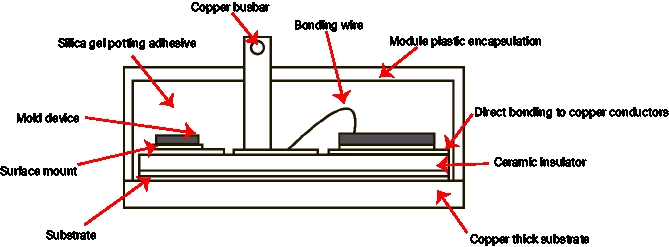
The working principle of IGBT involves the formation of a conductive channel by applying a positive gate voltage, allowing the flow of current and enabling switch operations. Additionally, adjusting the gate voltage controls the current, making it efficiently controllable for applications in power electronics.
● It possesses higher voltage and current handling capabilities along with extremely high input impedance.
● It can switch very high currents using very low voltages.
● It is a voltage-controlled device, resulting in no input current and low input losses.
● The gate drive circuit is simple and inexpensive, reducing gate drive requirements.
● It can be easily turned on and off by applying voltage.
● It has very low on-state resistance and exhibits high current density (with smaller chip size).
● It offers higher power gain compared to BJT and MOSFET (higher switching speed than BJT).
● Its bipolar nature enhances conductivity.
IGBT finds a wide range of applications, commonly used in power electronic systems, including inverters, motor drives, power supplies, and frequency converters. It is extensively employed in electric vehicles for motor drives and battery management systems. Its high power density and controllability enable efficient energy conversion and intelligent power management in electric vehicles, driving advancements in electric vehicle technology. Moreover, IGBT plays a crucial role in various fields such as transportation, renewable energy systems, and industrial automation.
IGBT plays a crucial role in electric vehicles and related equipment, serving as a core technological component. IGBT accounts for nearly 10% of the cost in electric vehicles and approximately 20% in charging stations. It finds primary applications in the electric vehicle sector in the following areas:
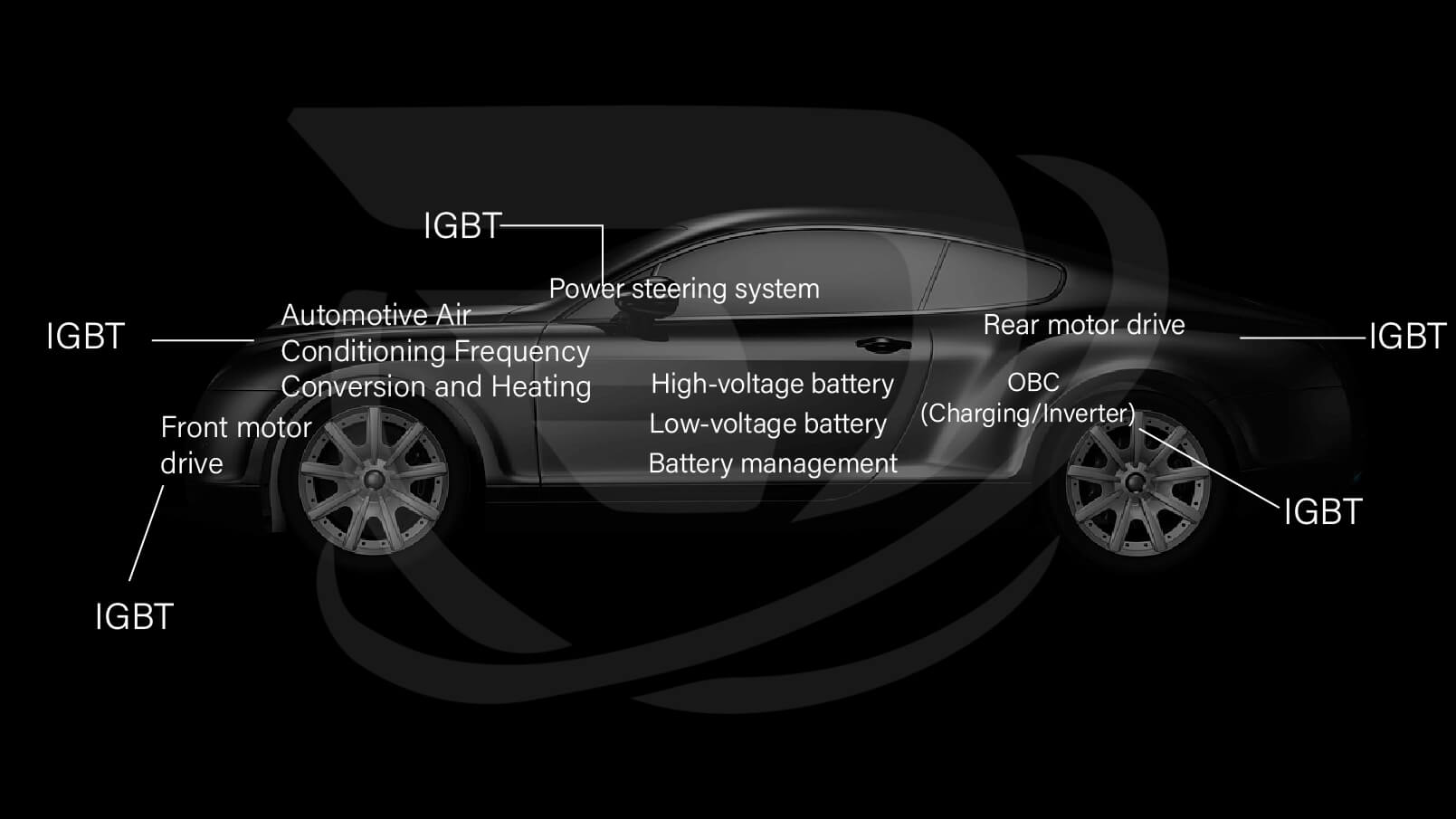
Motor Drive: IGBT plays a significant role in electric control systems, contributing to precise motor adjustment by accurately controlling its on-state. This enhances vehicle power and energy efficiency. The high power density and controllability of IGBT make it an ideal choice for motor control, enabling more efficient and flexible driving experiences.
Battery Management System: IGBT is a key player in battery management systems. Batteries serve as the energy storage units in electric vehicles, and IGBT’s controllability and high input impedance make it an ideal regulator for battery charge and discharge processes. By precisely controlling IGBT’s switching operations, rapid charging, efficient discharging, current limiting, temperature protection, and battery status monitoring are achieved, ensuring safety, extending battery life, and enhancing safety performance.
Auxiliary Systems: In auxiliary systems, IGBT controls battery cooling systems, regenerative braking systems, and auxiliary power systems to improve the efficiency and reliability of the vehicle system. In battery cooling systems, IGBT is mainly used for real-time monitoring and control of battery temperature. By obtaining temperature information through sensors, IGBT can adjust the cooling system’s operation when necessary.
Brake System: During braking, the mechanical energy generated by wheel motion is converted into electrical energy. Through IGBT-controlled inverter operations, this electrical energy is transferred to energy storage devices, typically batteries. This process stores energy generated during braking, preventing wastage. Subsequently, this stored energy can be used to provide additional power, increasing the electric vehicle’s range.
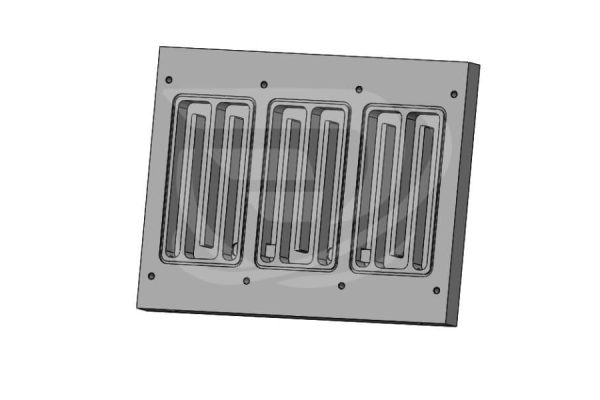
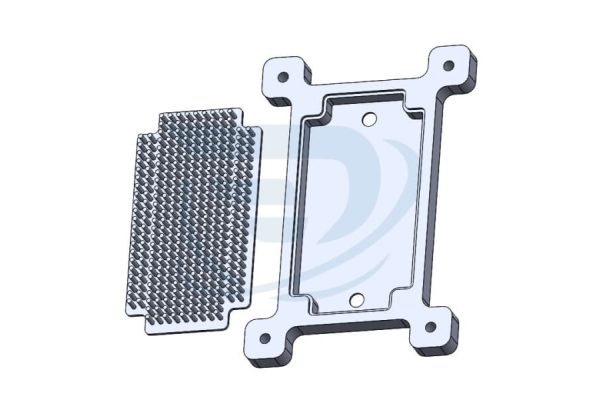
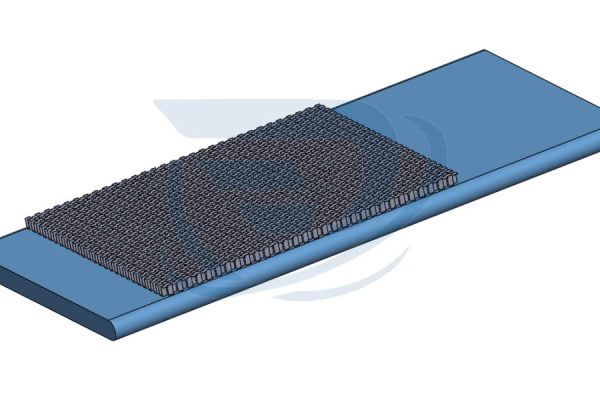
The IGBT liquid cooling plate is a crucial component designed for heat dissipation, specifically for handling the heat generated in high-power electronic devices, where IGBT often serves as the primary power semiconductor device.This liquid cooling plate typically consists of a metal substrate, cooling pipes, and a cooling medium. The operational principle involves the circulation of the cooling medium within the cooling pipes, absorbing and carrying away the heat generated by the IGBT. The liquid cooling plate provides an effective means of heat dissipation, ensuring that the IGBT can maintain a suitable operating temperature under high load conditions and reduce system temperatures, prolong device life to enhance the performance of power modules.
Therefore, IGBT liquid cooling plates have become an ideal choice for many. In fields such as electric vehicles, industrial automation, and energy conversion, the widespread application of IGBT liquid cooling plates promotes efficient energy utilization and contributes to sustainable development goals. In the future, with continuous technological innovation, IGBT liquid cooling plates will continue to play a critical role in the field of electronic device heat dissipation, driving advancements in power electronics technology.